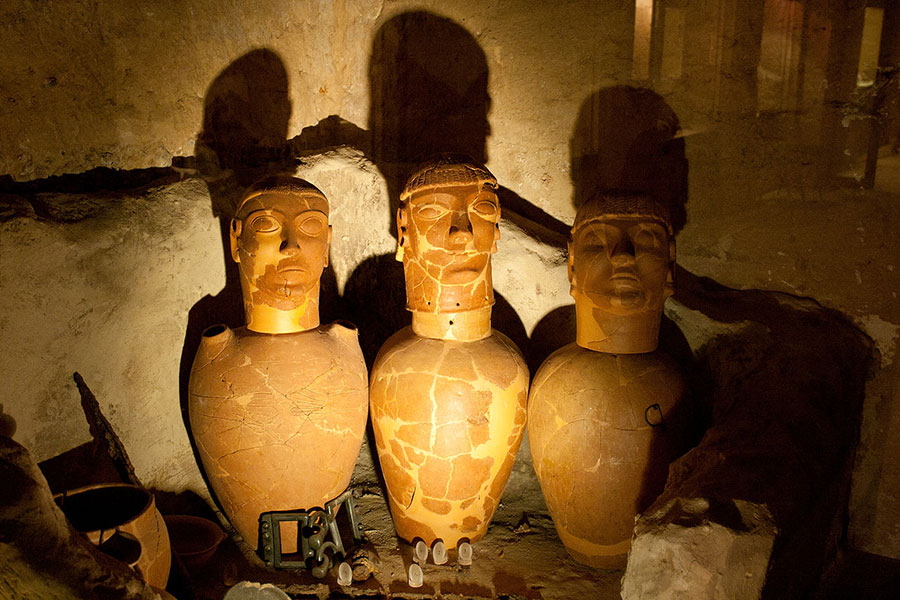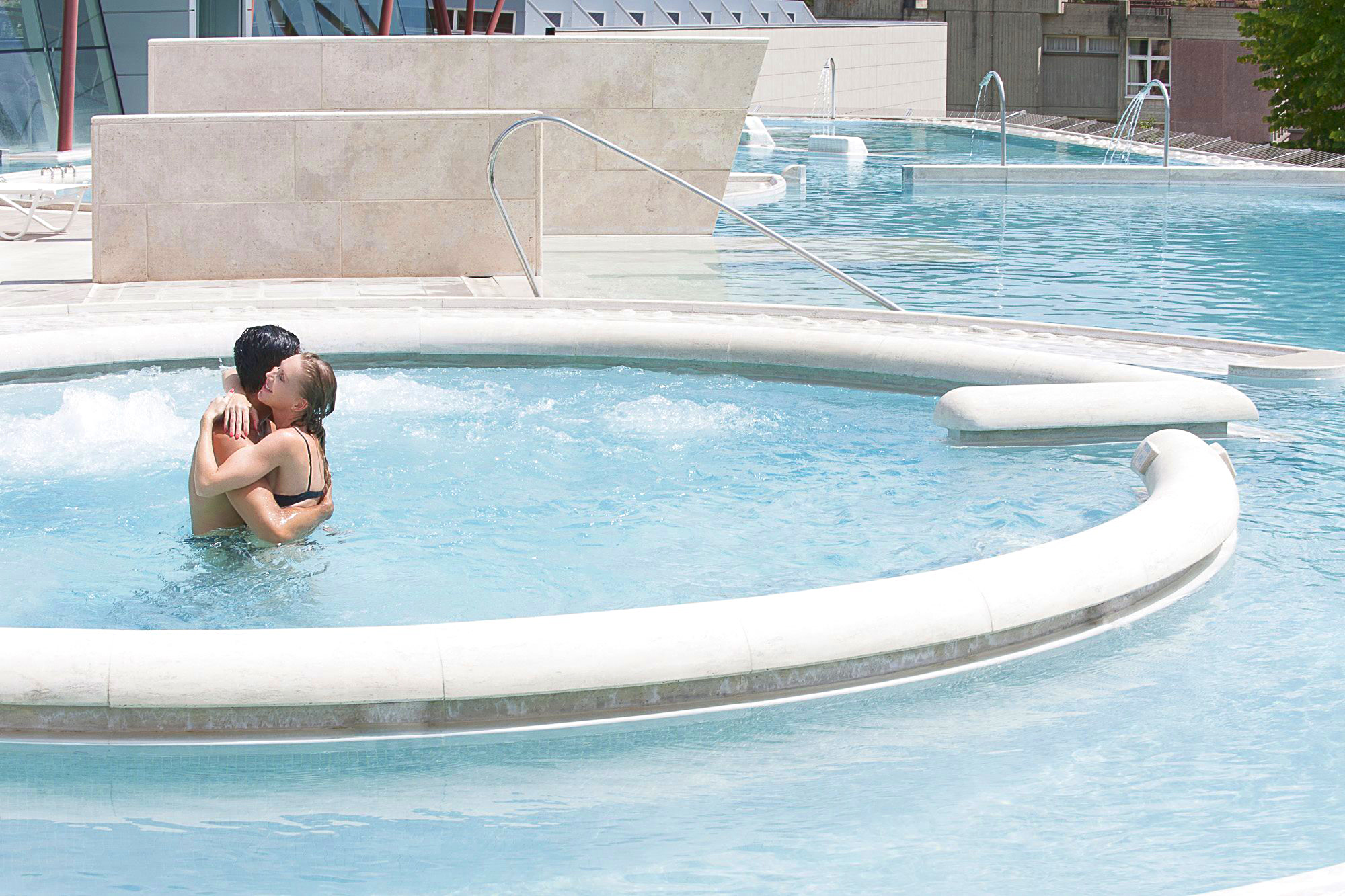Request Informations
Chianciano Terme
Chianciano Terme is one of most famous spas in Italy. It is particularly fortunate with its position, astride Val d’Orcia with its “crete” (crests) (UNESCO world heritage site since 2004) and the fertile Valdichiana, between the vine covered hills of Montepulciano and the renaissance beauty of Pienza: a place for treatment and relaxation, but also a starting point for discovering the beauty of Tuscany and nearby Umbria.
The beneficial properties of this small town’s mineral waters were already appreciated by the Etruscans and Romans, who had settled the area and built an important town. The presence of several burial grounds in this area suggests a settlement, perhaps more than one, centred around the city of Chiusi. Although Chiusi reached its period of greatest splendour in the Vth century B.C., the area around Chianciano is full of remains from the Bronze and Iron Ages. Noteworthy among these is the Aeneolithic settlement of Chiarentana, on the slopes of Monte Cetona, where the foundations of some huts were found with ceramic remains and obsidian materials.
The discovery of these objects bears witness to the rich trade that existed with the Pontine Archipelago, particularly the Isle of Palmarola, where the obsidian was produced. At the end of the Iron Age (Xth – IXth century B.C.) a rich populous settlement formed in these hills overlooking Val d’Orcia. There is no trace now of the settlement but we know it existed because of the complex necropolis which has been excavated since 1990. The Geological and Archaeological Society of Chianciano Terme started digging a huge site in the La Foce area bringing to light over 700 tombs ranging from the VIIth to the end of the VIth century B.C. They are jar tombs (where the ashes are contained in large clay jars along with the adornments), casks (stone containers in a parallelepiped shape with the same function as the jar) and tomb chambers, dug into the tuff.
What is special about this necropolis is the large number of tombs and the richness of the material contained within them. Whilst several hundred different tombs exist here, only about seventy have come to light in the land around Chiusi (going east) for the same period. The presence of such a large (for the time) centre of inhabitation is due to the strategic position where it lies: astride a pass at 500 m elevation where the ancient “Rosellana” passed, the main artery between the coastal cities and inland Etruria (Chiusi, Perugia, Cortona, Arezzo).
Then, of considerable interest, are the materials contained in these tombs: achromatic Etruscan terracotta and bucchero clay earthenware, , bronze and silver jewellry (rings, bracelets, necklaces). In the later tombs there are many imported vases: Attic and Corinthian. In any case, the fortune of this necropolis is due to the discovery of about seventy Canopic vases, clay sculptures that have the shape of the head of the deceased supported by a “throne” and which contain the ashes of the dead person.
The La Foce necropolis was abandoned in the Vth century B.C., even if re-used sporadically in the Hellenist period. Another necropolis, located in the Pedata-Morelli area, developed in this period. This has tombs with very large chambers, often with several chambers per tomb, which are very richly adorned. Some funeral statues in pietra fetida (a kind of local limestone), which are kept at the Archaeological Museum of Florence, including the famous Mater Matuta, funeral stones and other materials come from this area. Elegantly wrought bronze, is also widely used. This complex funeral system belongs to an aristocratic class of landowners, often in contrast to the environment around Chiusi.
The Hellenist period saw the birth of some sanctuaries dedicated to the water gods, even if some had already sprung up previously. The most famous of these is the Tempio dei Fucoli, found on the hill of same name, which has given us part of its terracotta gables representing mythological scenes. It was precisely in this period that Etruscan civilization started to decline, both because of internal problems and the ever increasing Romanization. The Romans divided the land around Chianciano into vast estates which contributed to removing the small landowner class that in the Etruscan period had stood side by side with the nobility.
The late Etruscan farm of Poggio Bacherina, which gave us tanks for the production of wine and oil, is from this period. On the other hand, the spa settlement of Mezzomiglio and the cistern of Camerelle date back to the Roman period. According to the theories of American experts who carried out the excavations, the Mezzomiglio spa could be the baths of Chiusi of which the Latin poet Quintus Horatis Flaccus spoke and where he spent a period of rest by order of Antonius Musa , the personal physician to the Emperor Augustus.









